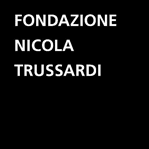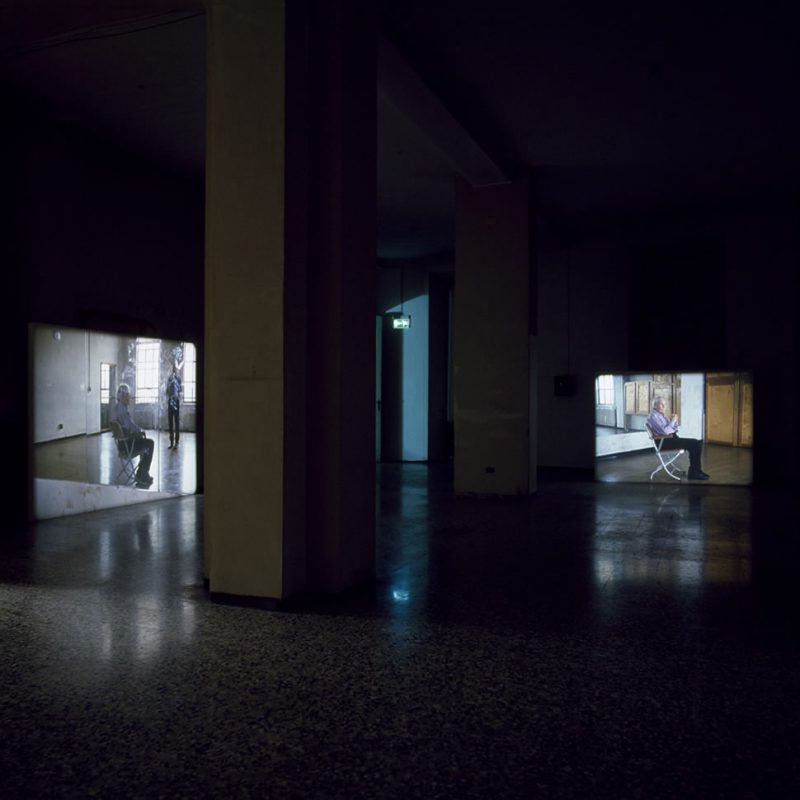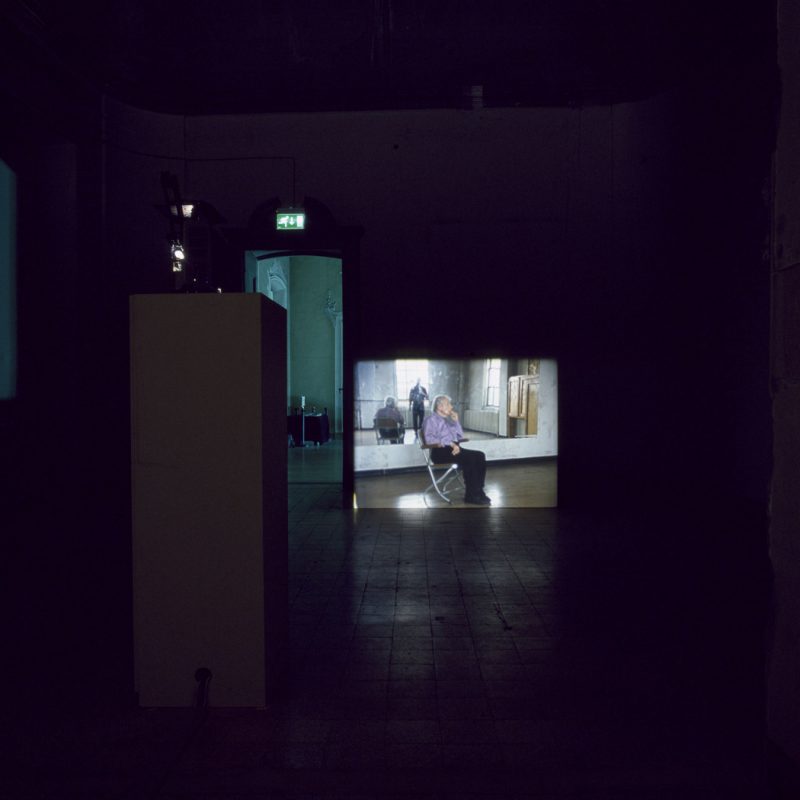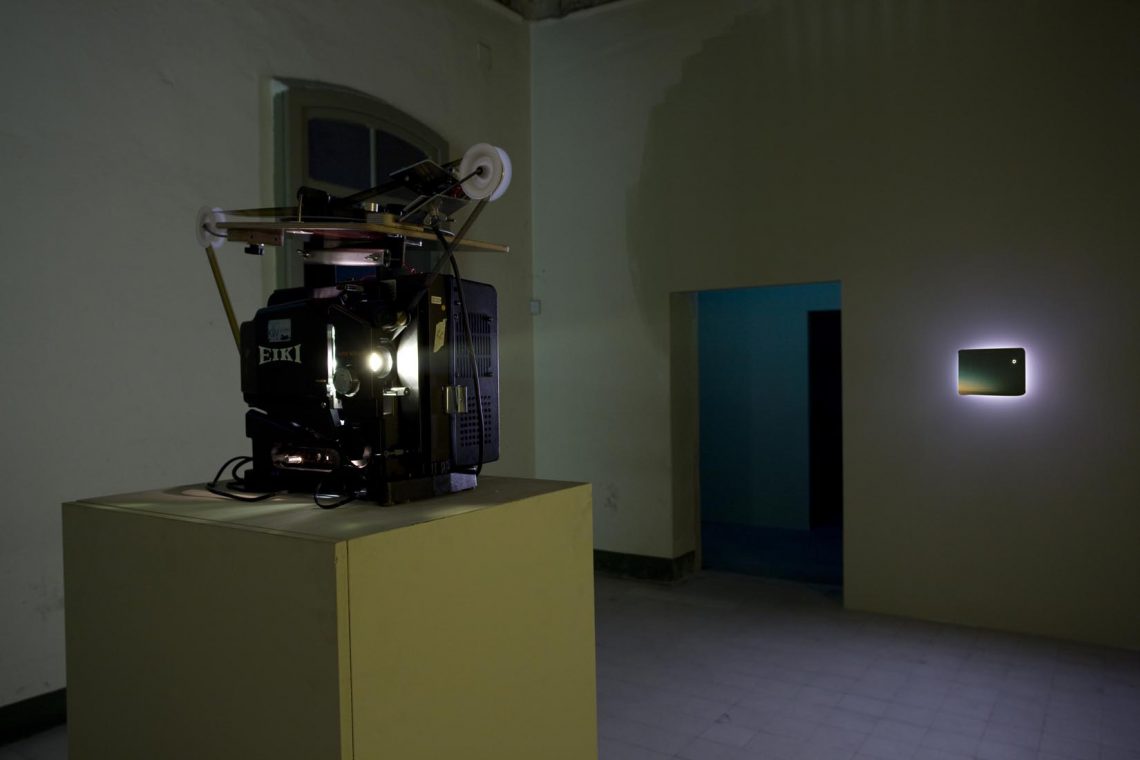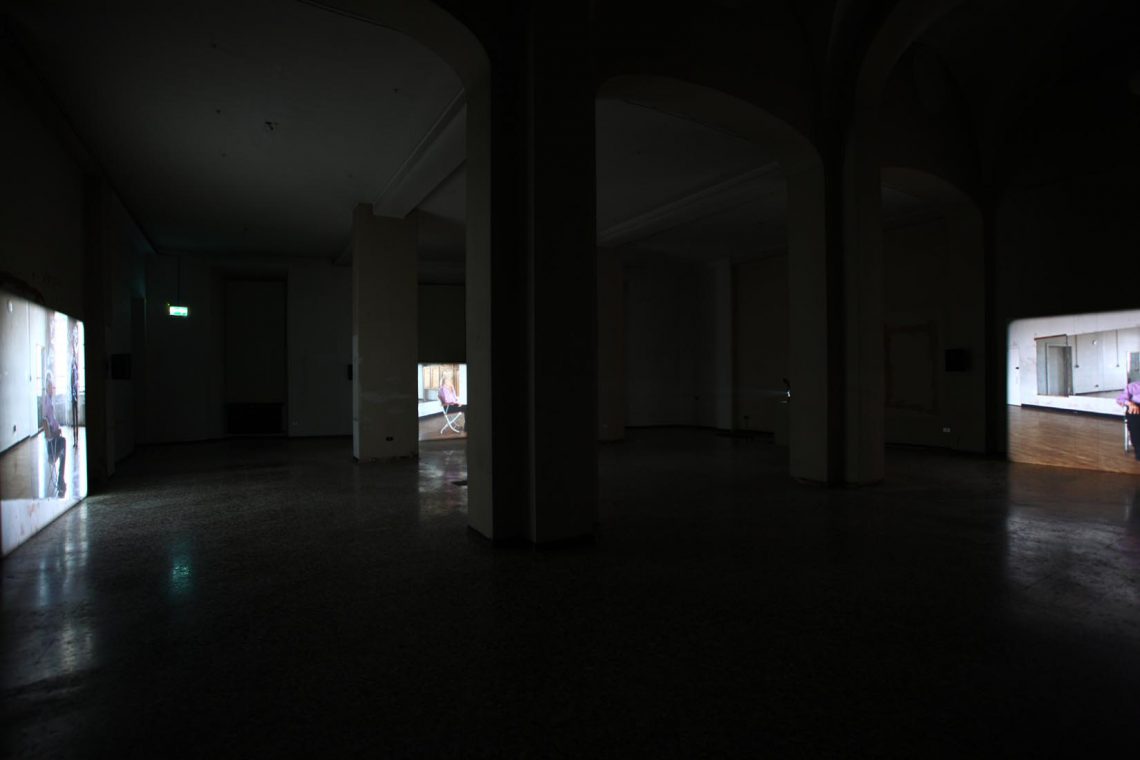Tacita Dean
Still Life
Palazzo Dugnani , Milan
May 12 – June 21, 2009
Project
Tacita Dean’s films are a celebration of slowness and memory: shot and reproduced solely on film, they open a window onto a vanished world, transforming every landscape, object and character into an allegory of time. For the exhibition Still Life, the British artist presents a selection of fourteen works dedicated to the theme of immobility, including two new pieces.
For the first time, the studio of painter Giorgio Morandi, recently reinstalled in the Bologna residence where the artist lived and worked for over fifty years, reveals itself to an artist’s gaze: in Still Life (2009), the black and white piece that lends its title to the entire show, Tacita Dean films the pencil tracings on the sheets of paper where Morandi marked the position of the objects he painted. In Day for Night (2009) Dean looks at the objects in the studio, and since she cannot touch or move them, chooses to film them in random groupings that stand in sharp contrast to Morandi’s painstakingly mathematical compositions. These two films are exercises in contemplation that use long exposures to reveal the unfamiliar facets, obscure details, and stories that have lain hidden under the dust of the painter’s still lifes.
Tacita Dean has often paused to analyze great figures in art history: in 2002, she made Mario Merz, which captures an intimate moment with the master of Arte Povera. Shown for the first time in Milan, the city of his birth, the film was shot in San Gimignano one year before the artist passed away. In the six-part Merce Cunningham Performs STILLNESS… (2008), the avant-garde choreographer Merce Cunningham—who was 90 years old at the time, and who recently passed away—dances to 4’33’’ (1952), a radical, completely mute composition by John Cage, accompanying the silence of the piece with static poses.
To Tacita Dean, nature is another inexhaustible repertory of forgotten stories and unexpected coincidences: through long contemplation, the British artist transforms atmospheric phenomena, pastoral landscapes and abandoned places into sublime panoramas and romantic vistas, such as the solar eclipse shot almost in real time on a farm in Cornwall, in Banewl (1999), or the eclipse in Madagascar depicted in Diamond Ring (2002). From the single frame that captures the last ray of sun as it passes over the horizon in The Green Ray (2001), to the English Channel crossing in Amadeus (2008), her films unfurl into explorations of far-flung worlds. Dean trains the same maniacal gaze on overlooked, seemingly insignificant objects, such as the surface of a piece of fruit inside a schnapps bottle in Prisoner Pair (2008), and turns them into a microscopic analysis of the passage of time.
In Still Life, Tacita Dean’s films unfold slowly, presented in a circular exhibition that winds through the first floor of Palazzo Dugnani as if the show itself were an endlessly repeated loop. For her solo exhibition, the palazzo, which houses a magnificent fresco by Giambattista Tiepolo, underwent considerable renovation, and after years of neglect, its piano nobile was opened to the public for the first time. Palazzo Dugnani is one of the few aristocratic residences to be found outside the city walls of medieval Milan. Built in the late 17th century by the Meda family, the building was remodeled starting in the second half of the 18th century, when it became a center of artistic activities and of high society—like the Accademia dei Fenici, a poetry club that met in the villa’s garden. The fresco cycle by Tiepolo dates back to 1730, when the palazzo was bought by Giuseppe Casati, and shows the Stories of Scipio (on the walls) and the Apotheosis of Scipio (on the ceiling), with a celebratory, triumphal iconography. Over the years, the building passed through the hands of various families until it was bought by the City of Milan in 1846. In 1857, under Emperor Franz Joseph of Austria, its grounds were incorporated into the adjoining public park, Giardini Pubblici di Porta Venezia. From 1863 to 1893, it housed Milan’s natural history museum, and later, the Alessandro Manzoni secondary school for girls, the first high school in Italy to teach art history. Damaged during World War II, the palazzo now houses the city’s film museum (Museo del Cinema) on its ground floor.
Tacita Dean was born in Canterbury, United Kingdom, in 1965. She lives and works in Berlin. Her films have been shown in personal exhibitions at the Australian Centre for Contemporary Art in Melbourne (2009), Dia:Beacon in Beacon, New York (2008), the Guggenheim Museum in New York (2007), Schaulager in Basel (2006), the National Gallery in Oslo (2006), Musée d’Art moderne de la Ville de Paris (2003), Tate Britain in London (2001), Fundação de Serralves in Porto (2001), MACBA – Museu d’Art Contemporani de Barcelona (2001), Museum für Gegenwartskunst in Basel (2000), and Witte de With in Rotterdam (1997). Dean’s work has also been included in prestigious art festivals such as the latest Performa in New York (2009), the 4th berlin biennial (2006), the 27th Bienal Internacional de São Paulo (2006), the 15th Biennale of Sydney (2006), the Yokohama Triennale (2001), and twice at the Venice Biennale (2005 and 2003). Shortlisted for Tate Britain’s Turner Prize in 1998, in 2006 she was awarded the Hugo Boss Prize by the Guggenheim Museum in New York, and in 2009, the Kurt Schwitters-Preis.
Read More
At a certain point, standing in the tiny studio of Giorgio Morandi, re-installed recently in the old apartment in Bologna where he lived with his sisters for fifty years, I knew I had to make a decision. His objects were everywhere, grouped on the tables and under the chairs and gathered together on the floor. They were as recognisable to me as if they had belonged in the outhouses of my own family, and aged with us into comfortable familiarity: face powder boxes, conical flasks, vases of cotton flowers, gas lamps and oil cans, pots, jars and bottles, and containers whose function we no longer recognise. Were they of his time or had he scoured the flea markets himself looking for them? We have only ever known them with dust. Giorgio Morandi was the painter who could paint dust.
And then there were his interventions, like the cartons rewrapped in brown paper and the reflections whitewashed out on the bottles and the Erlenmeyer flasks, the artificial flower arrangements and the odd flourish to remake a dull vessel. It seems Morandi liked to paint what he saw. He did not choose, as I had always imagined, simply not to paint anything about an object that he did not deem necessary, but instead transformed them beforehand, making them the objects he wanted to see. It was not about denying detail because the detail he liked, he kept. The miraculous opacity of his painted objects is already there in the objects themselves. His was a double artifice. There, amongst the copper pans and the enameled jugs, I understood clearly what the Fluxus artist, Robert Filiou meant when he said, “Art is what makes life more interesting than art.”
Giorgio Morandi’s compositions were far from arbitrary. The space between his objects was rigorously and mathematically worked out. Set squares, rulers and a knotted string hang on the studio wall. The table surface and the lining paper are covered with intricate markings and measurements, often initialed or marked with a letter when, you assume, a decision was finalised. They are like found drawings, unintentional but remarkable.
Only when the light was identical to how it had been the day he set up a composition, did Morandi allow himself to continue painting. On other days, he would sit on the corner of his monastic bed, where there is a pronounced dip, and etch. He would draw at night by electric light. His brushes, that lie tied up in bundles, have been worked down to tufts, and in one instance, to a single hair. Was it parsimony or did he require them bald? Was it because his stroke was a non-frontal gesture, which approached from the side? His room was set-up for a left-handed man but no one particularly remarked this about the painter.
Amidst his objects, which still held the aura of their depiction, I came at last to a decision as to how I could treat them. I filmed them singly, one by one, centred in my frame, and did as Morandi would never have done: made their composition random.
Commissioned and produced by Fondazione Nicola Trussardi, Still Life and Day for Night were made in Giorgio Morandi’s studio on Via Fondazza in Bologna, where he lived and worked for 50 years.
